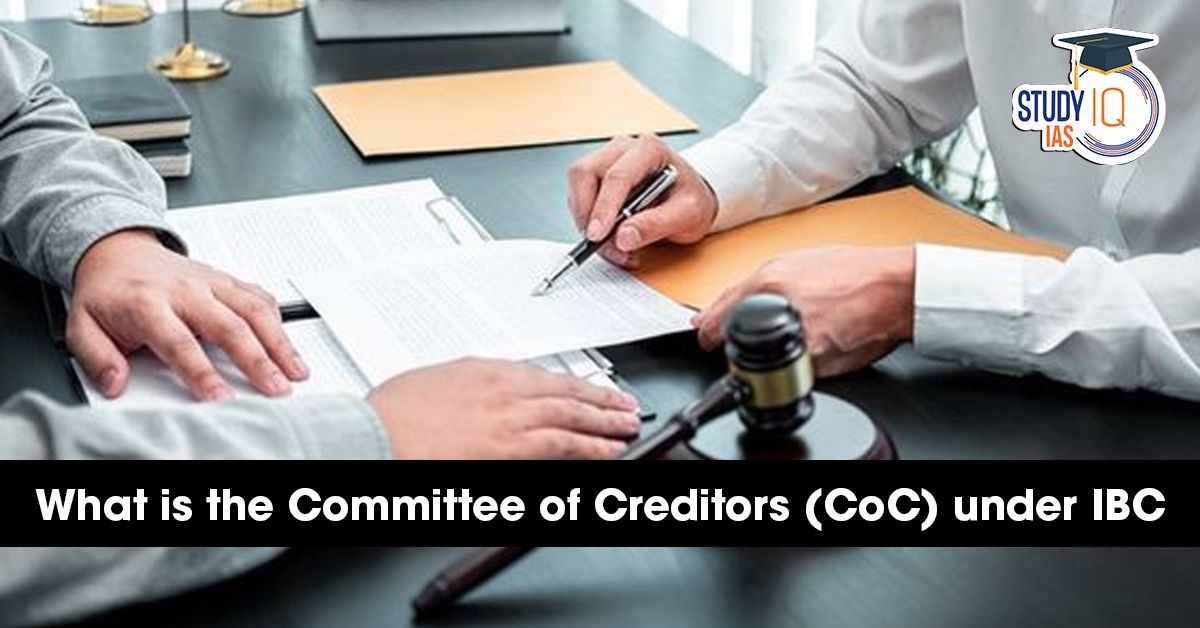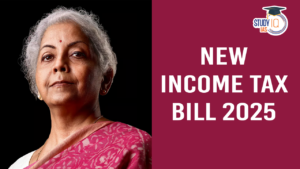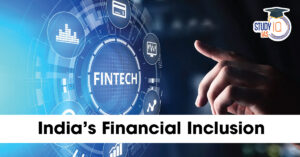Table of Contents
Context: There have been growing concerns related to the Committee of Creditors (CoC )’s unchecked discretion, lack of transparency, and procedural opacity in key decision-making.
What is the Committee of Creditors (CoC) under IBC 2016?
- The Committee of Creditors (CoC) is a central decision-making body under the Insolvency and Bankruptcy Code, 2016.
- It consists primarily of financial creditors and is empowered to:
- Approve or reject resolution plans.
- Decide on liquidation.
- Appoint or replace the Resolution Professional.
- Its decisions require a 66% majority vote and are considered binding on all stakeholders.
- Courts have upheld the “commercial wisdom” of the CoC as non-justiciable in most cases, giving it wide autonomy.
Growing Concerns About the CoC
- Unchecked Discretion: Courts generally do not interfere with CoC’s decisions, assuming they are well-informed and rational.
- However, decisions are often taken without transparency or recorded reasoning.
- Opaque Decision-Making: No legal requirement exists for the CoC to disclose how or why decisions are made.
- Resolution plans are accepted/rejected without justification, leading to uncertainty.
- Regulatory Loophole: The 2020 removal of Regulation 39(3) eliminated the mandate to record reasons for resolution decisions, weakening transparency safeguards.
- Instances of Misconduct: Cases like Kalyani Transco v. Bhushan Power & Steel Ltd (2025) highlight abuse of power or procedural irregularities by the CoC.
Impact and Consequences
- Loss of Trust in IBC: Without visible reasoning, even fair decisions seem arbitrary, undermining confidence in the insolvency process.
- Suboptimal Economic Outcomes: Low recovery rates or premature liquidation might reflect poor judgment, but without records, stakeholders can’t assess the basis of decisions.
- Erosion of Fairness and Legitimacy: The absence of basic transparency mechanisms makes the process appear unjust to operational creditors and bidders.
- Unaccountable Power Use: Creditor supremacy is accepted, but without procedural checks, it risks being perceived as unfair dominance.
Best Practices from Other Jurisdictions
- United Kingdom – Structured Disclosures:
- SIP 3.2 (Statement of Insolvency Practice 3.2): Requires clear disclosures in Company Voluntary Arrangements (CVAs) – financials, plan details, and creditor impact.
- SIP 16 (Statement of Insolvency Practice 16): Governs pre-packaged sales in administrations. Disclosures include valuation, marketing efforts, and buyer details.
- Singapore: The Insolvency, Restructuring and Dissolution Act (IRDA) integrates judicial oversight with creditor autonomy, ensuring fairness and accountability.
- Global Administrative Norms: In most democracies, decisions impacting rights must be transparent and reasoned, setting a benchmark for IBC reforms.
Way Forward for the IBC Framework
- Reinstate Disclosure Requirements: Bring back a provision like Regulation 39(3) requiring CoC to briefly record reasons for key decisions (e.g., plan rejection, liquidation).
- Digital Record-Keeping: Mandate digitally signed, time-stamped minutes of CoC meetings, accessible to adjudicating authorities if required.
- Balance Autonomy with Accountability: Do not dilute creditor primacy, but ensure procedural discipline to enhance fairness.
- Preserve IBC’s Institutional Legitimacy: Transparency is essential for sustaining the Code’s efficiency, credibility, and investor confidence.


 Income Tax Bill 2025: Changes, Key Provi...
Income Tax Bill 2025: Changes, Key Provi...
 India's Goldilocks Economy: Meaning, Fea...
India's Goldilocks Economy: Meaning, Fea...
 India’s Financial Inclusion, Strategie...
India’s Financial Inclusion, Strategie...






















